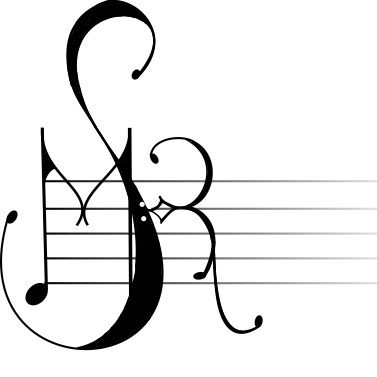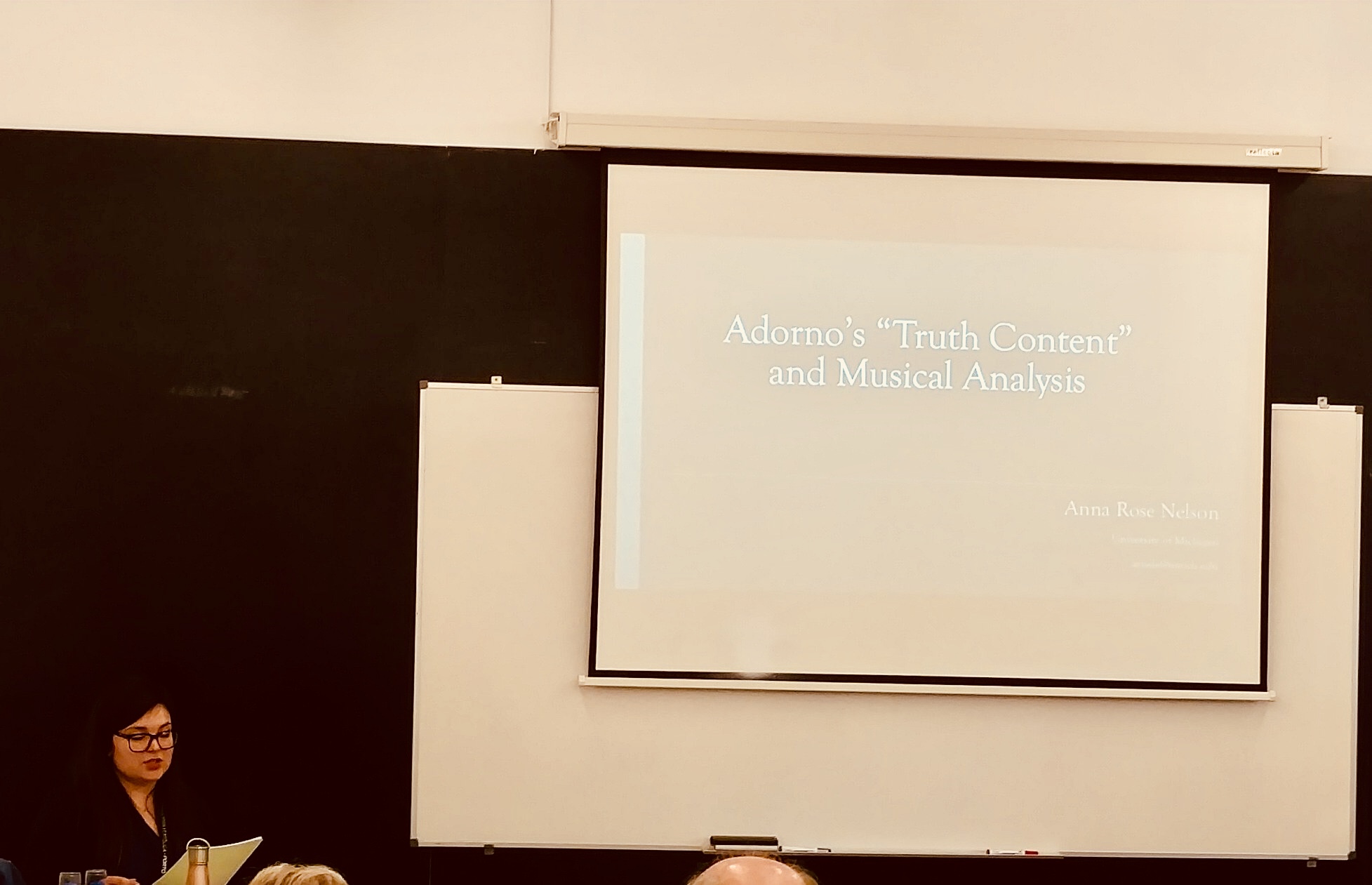
Last week, SMR members Anna Rose Nelson and Jake Arthur traveled to Porto, Portugal to give papers at a conference titled Música Analítica 2019: Porto International Symposium on the Analysis and Theory of Music. Jake's paper, "'Gin, Vermouth, and Recycled Stories': Early 20th-Century Depictions and Inebriated Travelogues in the Music of Tom Waits" explored intertextuality in Tom Waits' output, and Anna's paper, "Adorno's 'Truth Content' and Musical Analysis" revisited the philosopher's thoughts on analysis, contemporary composition, and aesthetics (see both abstracts below). While all the other presentations were wonderfully done and Anna and Jake's papers were very well received, perhaps the best experience of the trip was enjoying the local spirit, port, near the river on which it was produced!
Abstracts:
Jacob Arthur, "'Gin, Vermouth, and Recycled Stories': Early 20th-Century Depictions and Inebriated Travelogues in the Music of Tom Waits"
Tom Waits's early career is often characterized by his predilection for alcohol and his self-styling as a beatnik. In a 1975 interview, Todd Everett writes that Waits's music is "the first successful attempt to bring the beat culture of the Greenwich Village '50s into a form meaningful to today's listeners." In the same interview, Waits states: "I call what I'm doing an improvisational adventure or an inebriational travelogue." Few critics, however, specify the ways in which Waits signals his beatnik persona and none have interrogated Waits's term "inebriational travelogue" and how it may manifest musically.
This paper investigates how Waits's music and aesthetics reach back to 1920s–1950s America. I consider elements of his music, album art, and performances and relate them to works by Frank Sinatra, Edward Hopper, and Jack Kerouac among others, as well as to American Burlesque and early 20th-century fashion.
I then interrogate Waits's inebriated travelogues. Despite the broad use of the term, only four songs from this period address drunken traveling and all four contain shared musical elements. I analyze these songs and their shared features to argue that Waits creates a definitive set of "inebriated travelogues" that his audience can identify as such.
With Waits currently releasing remastered editions of his early albums, there has never been a better time to reconsider his output. Through an appreciation of the ways in which he constructed his persona in the 1970s, we can better understand and evaluate Waits's experimental music of the 1980s through the present day.
***
Anna Rose Nelson, "Adorno's 'Truth Content' and Musical Analysis"
In a 1969 lecture titled “On the Problem of Musical Analysis” [Zum Probleme der musikalischen Analyse], Theodor Adorno asserted that “[w]orks need analysis for their ‘truth content’ [Wahrheitsgehalt] to be revealed.” Though truth content features prominently in many of Adorno’s late writings, it is never defined—a fact which has led to disagreement over radically different definitions of the term and its application in contemporary scholarship.
Theorist Kofi Agawu (2004) invoked Adorno’s truth content to passionately defend the value of formalist musical analysis. He argued that the truth content of the work can only be uncovered through an objective investigation of the work’s internal organization and structure. Conversely, musicologist and aesthetic philosopher Max Paddison (1996) argued that while analysis that reaches truth content begins with a consideration of the object’s internal organization, it is only as a means to understanding the mediation of the thinking subject, which according to Adorno, could be that of the interpreter, the composer, the music itself, or it's socio-cultural circumstances on which it comments. These two opposing interpretations—one object-oriented and one subject-oriented—suggest that truth content is internally contradictory.
This paper aims to rescue truth content from this perceived paradox, which has been used to dismiss Adorno’s method of analysis as an incompatible combination of incongruent parts (Johnson1995, Blumenfeld 1991). Through close reading, comparing, and synthesizing Adorno’s comments on truth content,I construct a mode of “truth-content”-driven musical analysis that considers both the subjective and objective aspects in an open set of steps. Further, I argue that any analysis which hopes to uncover truth content can—indeed, must—consider the objective and subjective in a dialectical, dynamic way.
photo credits: Anna Rose Nelson and Jake Arthur
Recent Posts
SMR to Host Midwest Graduate Music Consortium 2025 Conference – January 13, 2025
SMR Welcome BBQ at County Farm Park – October 01, 2024
Julian Grey defends dissertation – June 05, 2024
Michaela Franzen defends dissertation – May 21, 2024
Kai West defends dissertation – May 16, 2024
Micah Mooney and Carlos Pérez Tabares present at Music Theory Midwest – May 12, 2024
SMR end-of-year round-up at County Farm Park – April 25, 2024
SMR hosts Research Showcase – September 29, 2023
 Society for Music Research
Society for Music Research

